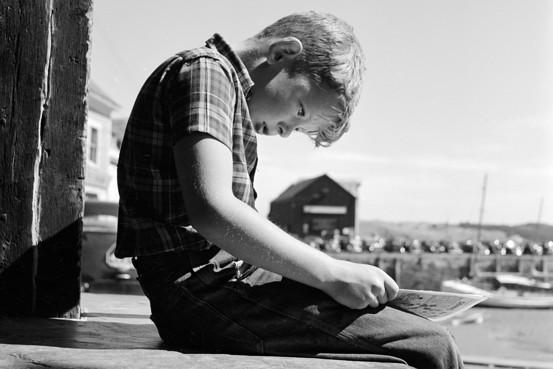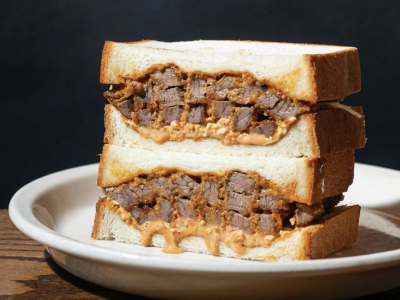A major disagreement exists between To Explain Why All the Great Children’s Books Have Been Penned in Blood edited by Alexie Sherman and Too Much Light Penetrates the Darkness by Meagan Cox Gurdon.
- Best Place To Farm Spinmetal In Destiny 2, How To Farm Spinmetal Leaves In Destiny 2
- The 5 Best Junglers For Low Elo To Diamond As A Jungler (Part 1) – Best Low Elo Junglers
- Best Hot Chocolate In Houston, Texas, Top 10 Best Hot Chocolate In Houston, Tx
- Top 10 Best Chinese Buffet In Charlotte Nc, Top 10 Best Asian Buffet In Charlotte, Nc
- Top 10 Best Tattoo Artist In Augusta Ga, Augusta, Ga
What’s up, y’all?Reasons why blood is used to write the best children’s books
Bạn đang xem: Sherman Alexie On Why The Best Kids Books Are Written In Blood
Xem thêm : Best Right Backs In Soccer, Greatest Ever: Football: The Top 10 Right
Gurdon claims in her article that, in contrast to the past, contemporary children’s literature depicts a more brutal and horrific version of reality. She says she went to the bookstore to choose a book for her daughter, who is 13, but was shocked to find only books about vampires, suicide, and self-mutilation. Teen fiction, she says, distorts the world in ways that aren’t true to life and that’s why it’s no longer appealing to teens. She fears for the health of teenage minds if they are exposed to books with such material. Possible adverse effects include reading the books and being reminded of their horrific past or inspired to repeat those acts. Since this kind of content is very graphic and can change the perspective of the teenagers’ minds, she thinks it should be censored and never produced in any more books. She listed “The Marbury Lens,” “Rage,” and “The Absolutely True Diary of a Part-Time Indian” as works that ought to be banned from publication.

Xem thêm : Payday 2: The 10 Best Melee Weapon Payday 2, Payday 2: New Melee Weapon Update
Sherman Alexie has come out in defense of his book “The Absolutely True Diary of a Part-Time Indian” and others like it, arguing that reading about hardships and tragedies can help young adults prepare for the worst of reality or, at the very least, help them build a connection with the tragedies they have faced. Alexie has said, “I write to give them weapons–the words and ideas that will help them fight their monsters.” As an Indian child living on a poor reservation, Alexie experienced tragedy, which inspired him to write this book. He felt that books like these would help young people get through tough times by showing them that they are not alone and that they don’t have to fight alone. Since not everyone is the same and everyone has their own set of problems, he sees these books as representations of reality, no matter how harsh they may be. Inspiring literature like this one can give them the confidence to know that they are more than capable of standing up to oppression and, in some cases, even preventing it from happening in the first place.
Even though it is very harsh, this is the reality we live in, and books shouldn’t censor it. There are problems that people in this world have to deal with that we can’t even begin to fathom. Books like these can equip young readers to take on the challenges of the real world, and they can help those who have already faced adversity find a point of connection with the stories they read. This bond may provide strength to face adversity or solace in the face of tragedy. Sherman Alexie makes a good point that people have already faced the grim realities of life, and that censoring such content won’t change that. Their reaction to literature like this will be overwhelmingly positive. Teens who are having a hard time will find comfort in knowing they are not alone in their struggles.
Nguồn: https://directmarketingcenter.net
Danh mục: Best









